Pepper is a fruit of the nightshade plant family, usually taken for its often spicy flavours. Pepper is native to tropical America and is part of many traditional food dishes globally. Scientifically, pepper is a part of the nightshade plant family (Solanaceae) and is uniquely identified as Capsicum. Pepper can be eaten either raw or cooked depending on the cuisine or situation; raw pepper is used as part of salad dishes.
Pepper, especially red pepper, has a lot of vitamin C content; the vitamin C content in one cup of raw red pepper is three times more than an orange. Pepper also has a considerable amount of Vitamin A as part of its components, which is why it is believed to reduce the risk of cataracts and macular degeneration. Pepper also contains folic acid and potassium in considerable quantities.
According to scientific sources, pepper reduces the risk of anemia and can lower blood sugar. Globally, pepper is consumed at different rates and for varieties of purposes. Hence, the growth of this plant in your garden is as important as getting the best yield from its harvest.
Growing Pepper through Companion Planting
Companion planting is a system of growing two or more complementary plants in the same space. Companion planting benefits many plants, especially farmers, as it helps maximize space usage and, in some cases, even keep pests away.
We will iterate 20 plants you can grow with pepper in the same space in the following lines of this article.
Carrots

Carrots go well with pepper as the shade of carrots will keep certain weeds away from the pepper farm. Aside from this, planting carrots with pepper helps to maximize space usage and provides some manure to boost the growth of the peppers.
Onions
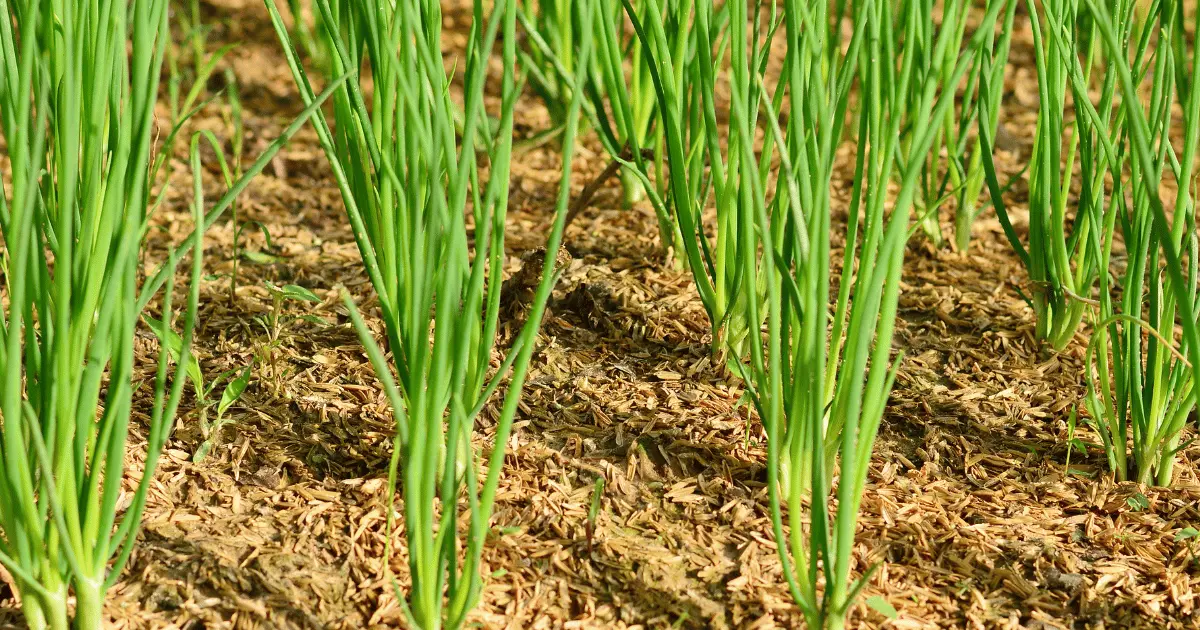
Onions are good companion plants that can be grown alongside peppers. Onions have strong scents that repel some natural pepper pests, such as cabbage worms and aphids. Moreover, onions don’t take up a lot of space in the garden. Hence, they don’t compete with pepper for the same nutrients from the soil.
Basil
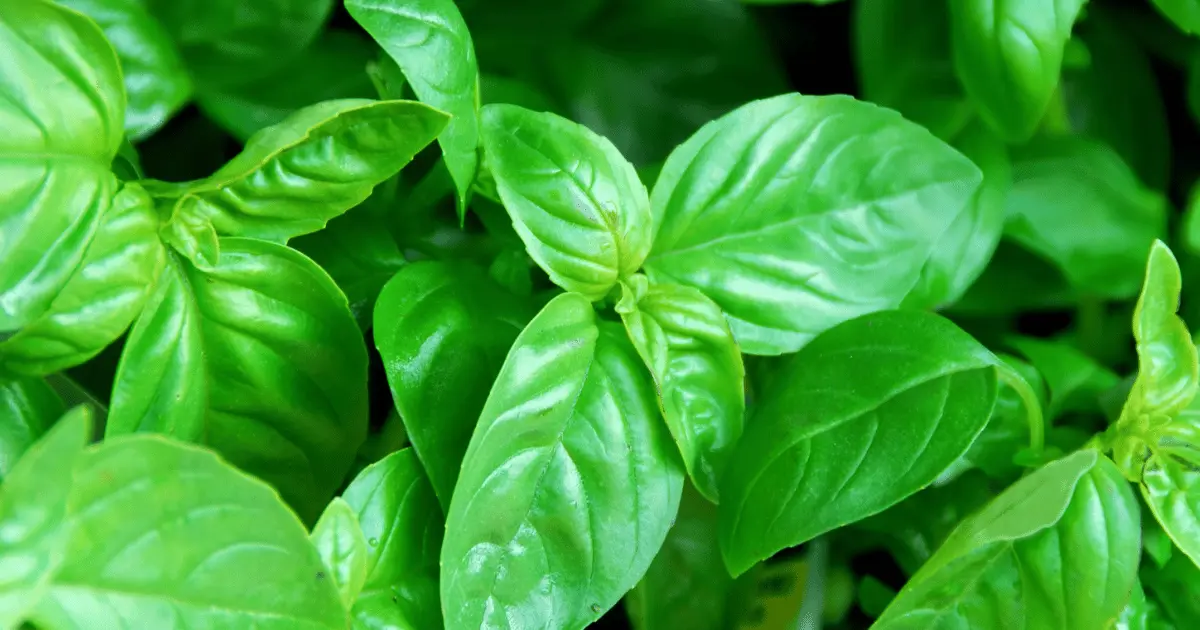
Basil repels some natural pests, such as aphids, thrips, and spider mites which are disastrous to peppers. Basil also improves the flavor of pepper when planted in companion with it. Therefore, it makes Basil a good option for a planting companion for pepper.
Okra
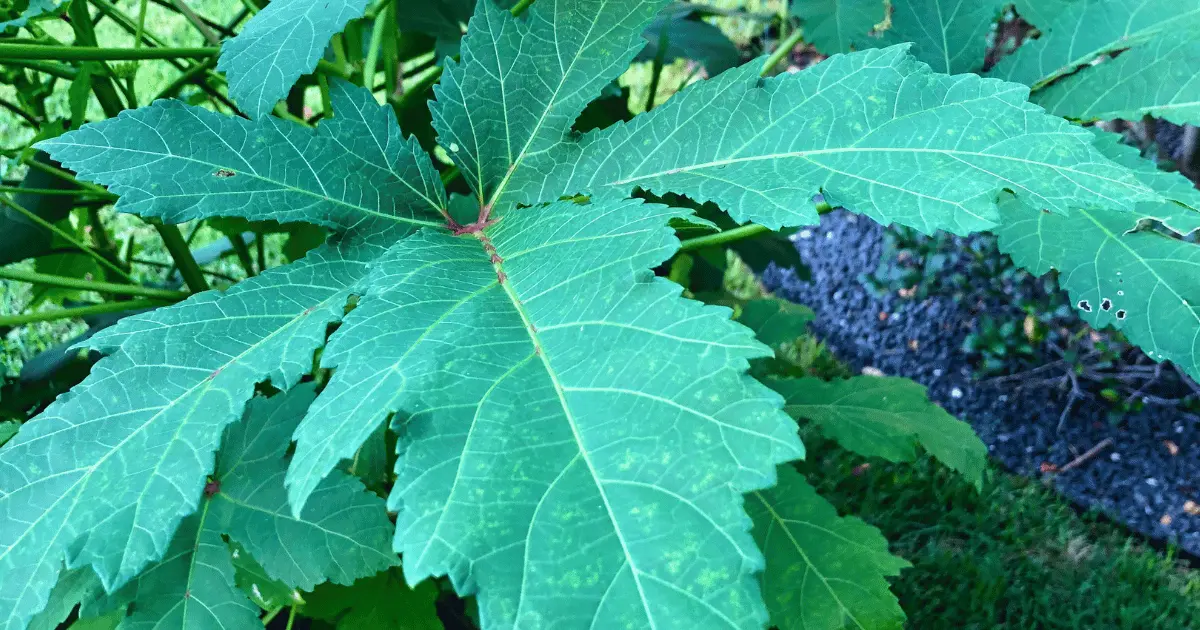
Okras grow tall above the ground. When planted with peppers (which do not exceed a certain height), they can provide ample shade for the peppers during heat seasons. Okra also provides wind protection and natural pest repulsion because it repels aphids.
Spinach
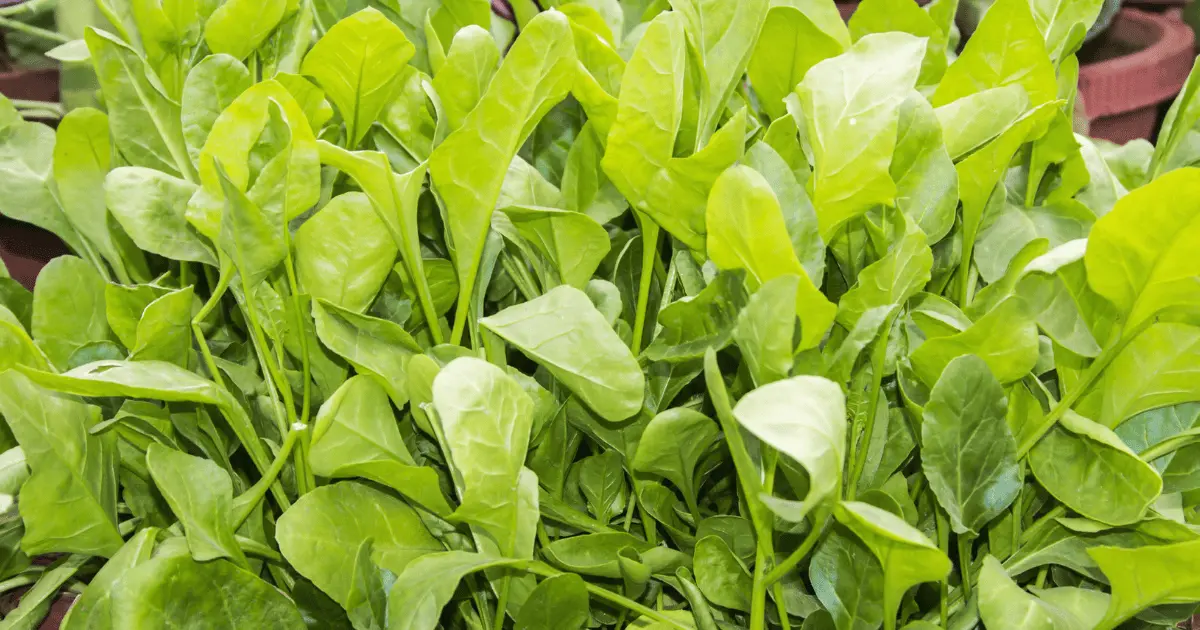
As a result of the fact that spinaches do not grow tall, they don’t compete for sunlight with peppers. Therefore, they are very good companions to pepper and a good way of managing space and getting the best of your garden space with pepper.
Beets
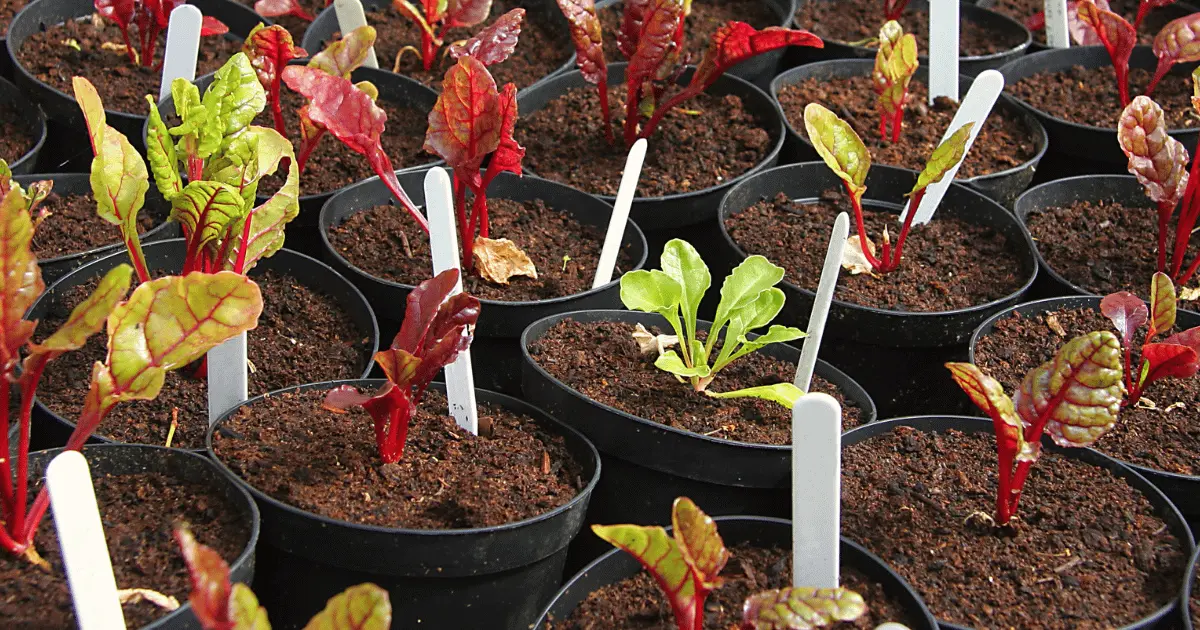
Beets will provide a good cover for the ground, thereby keeping the soil moist for the nutrition of the pepper and retarding the growth of weeds. Beets make a very good companion plant for pepper, not neglecting the fact that they also help manage space properly.
Garlic
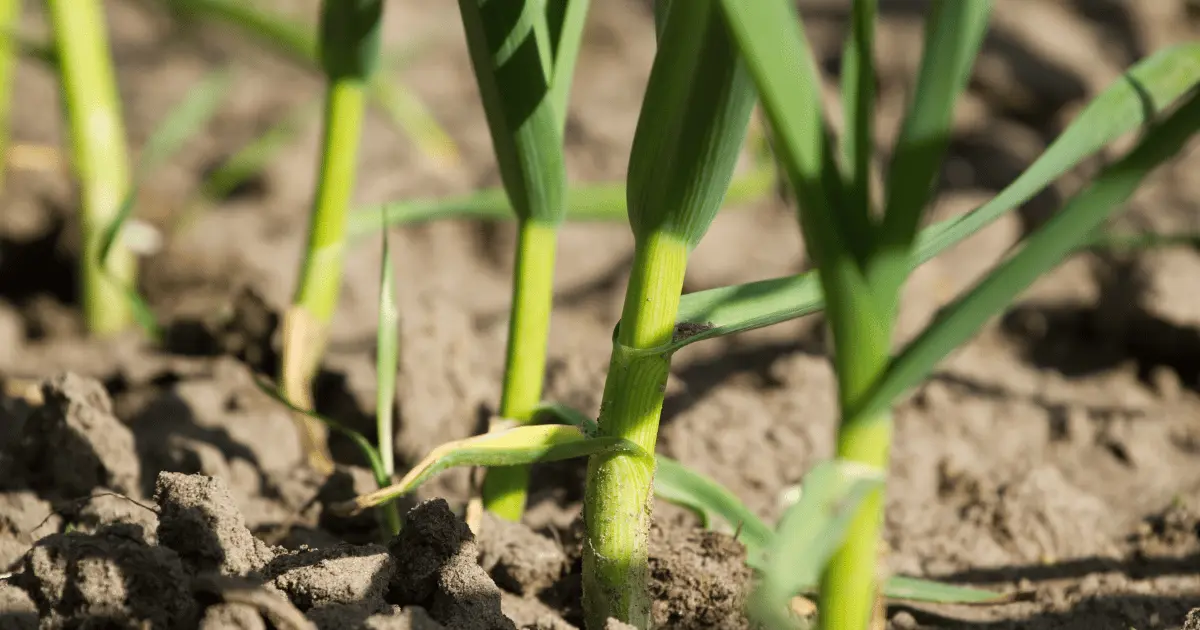
Garlic’s pungent smell will repel some Beatles and aphids from the pepper plantation, making it a good option for companioning with pepper. Garlic does not take much space as well; it helps maximize the best use of farm space.
Parsley
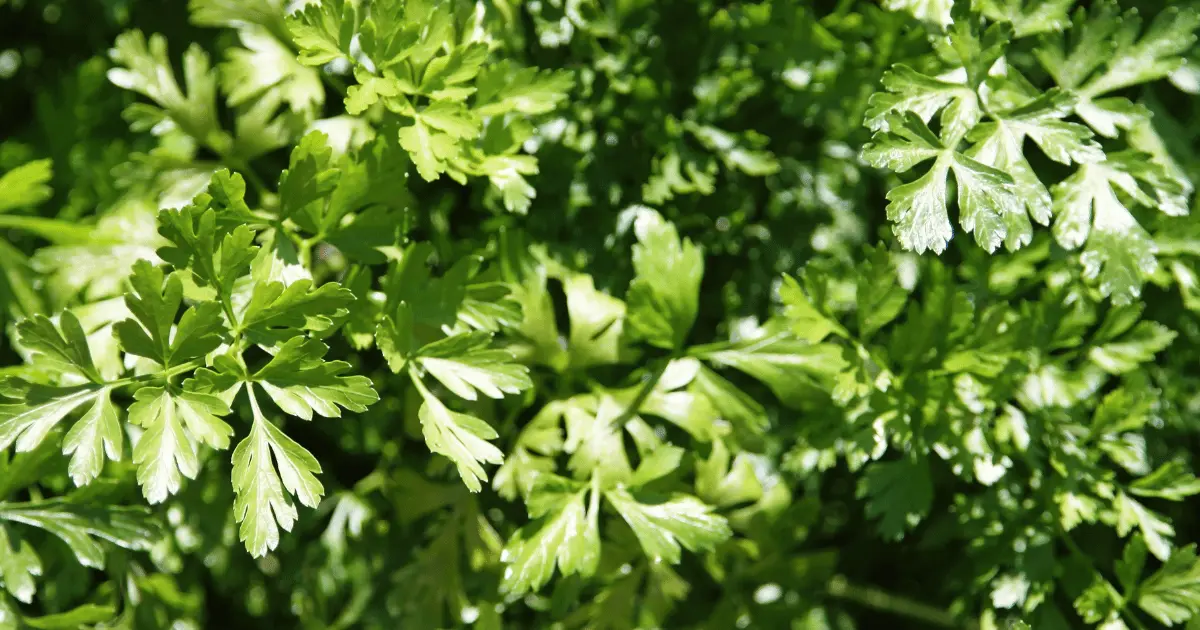
Parsley provides a good cover for the ground, which means it moistens the soil for the pepper to grow and thrive in the ground. It also provides a second option of an edible and attracts aphid-eating wasps.
Beans
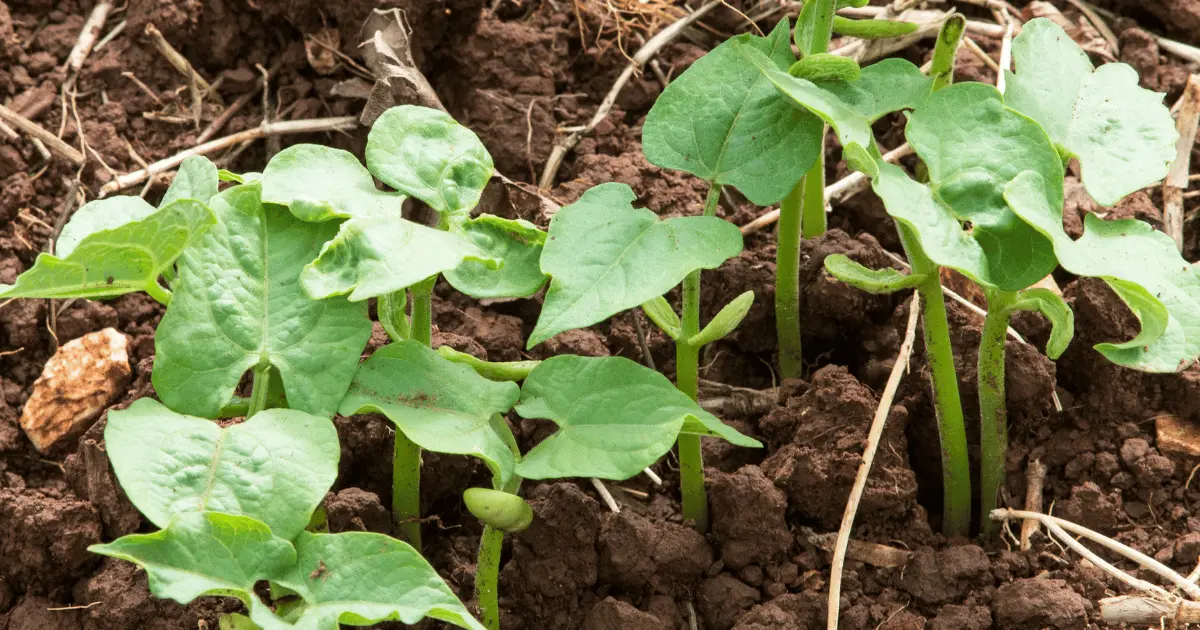
Beans are nitrogen fixers that exhume nitrogen into the soil. In return, it helps boost peppers’ growth. Aside from this, beans also protect the peppers from violent winds and sunlight exposure.
Corn
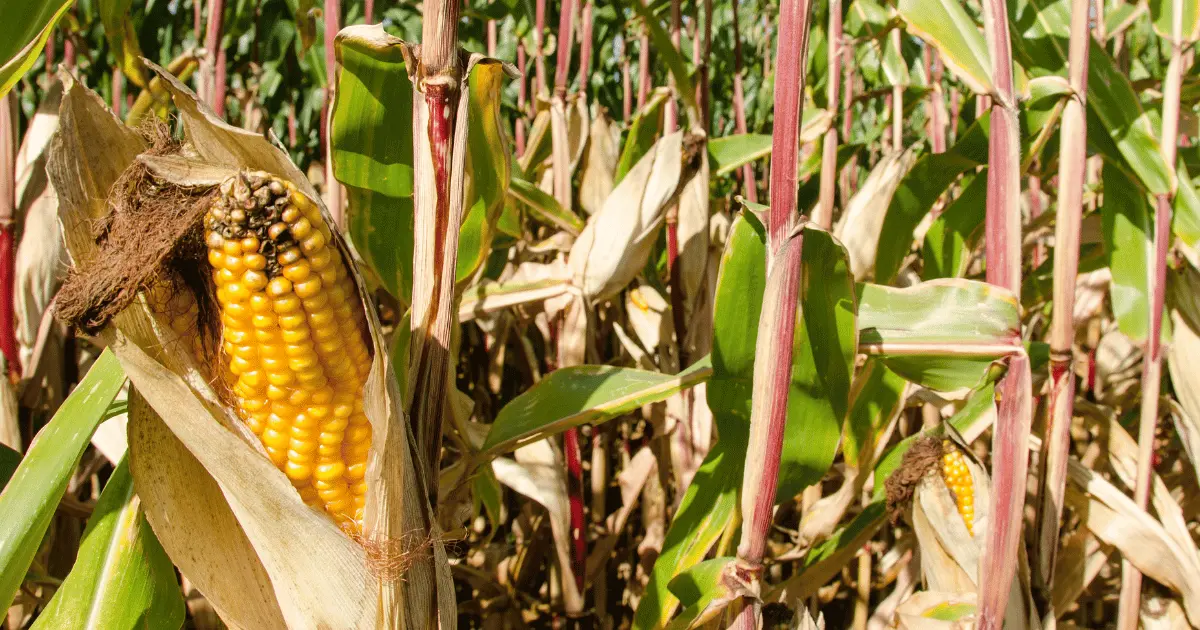
Corns also grow very tall; they protect the paper from the direct impact of sunlight. Asides from being a sunshade, corn also serves as a windbreaker for the pepper.
Dills

Dills serve the purpose of attracting beneficial insects as well as repelling harmful pests. Dill also helps the farmer make the best use of the planting space.
Lettuce
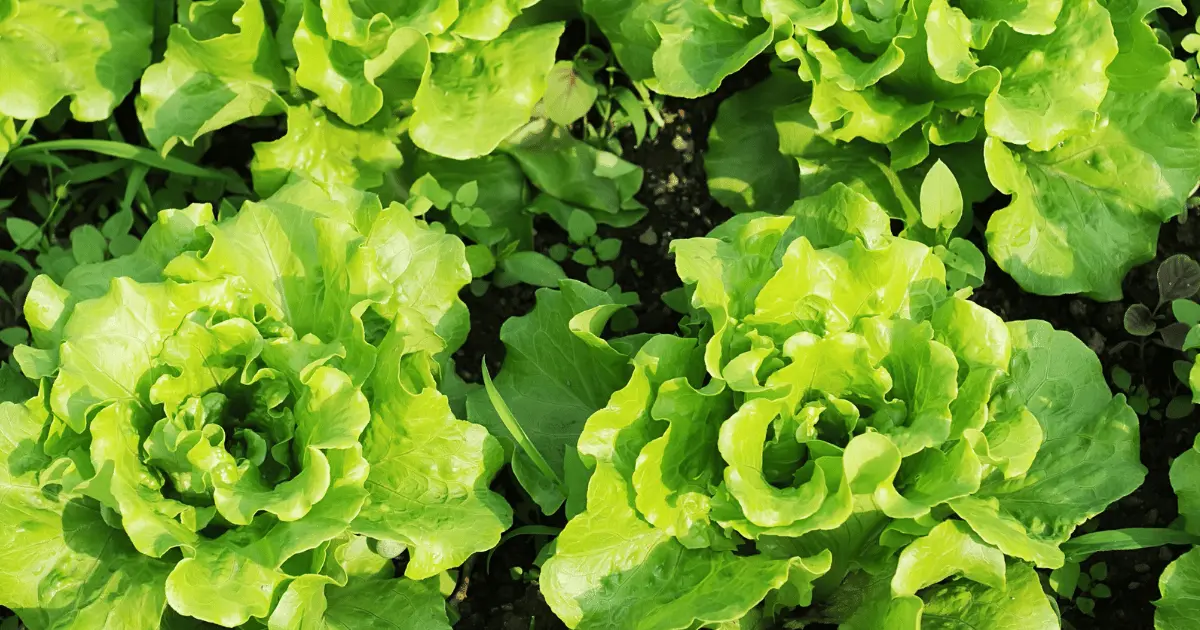
Lettuce grows fast and matures at the same rate. This rapid maturity is advantageous when lettuce is planted as a pepper companion; it reduces the number of weeds in the pepper farm. It also helps make the best use of the farm space.
Squash

Squash has large leaves which spread to cover the earth. When planted in companion with peppers, squash can help keep the pepper farm moist and keep the pepper from the direct impact of sunlight.
Marjoram
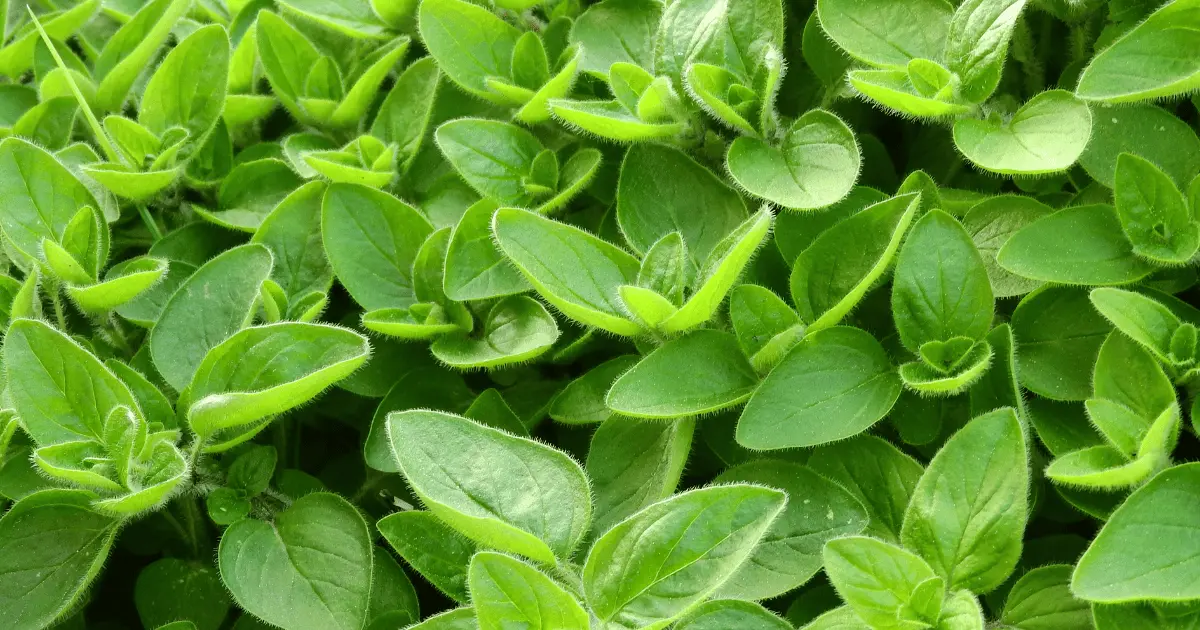
This herb improves the flavor of the pepper when planted as its companion. The Marjoram planted in companion with pepper saves space and helps the farmer makes the best use of the farm space.
Buckwheat

Buckwheat around pepper attracts beneficial insects and pollinators to the pepper. It also provides green mulch that nourishes the ground for pepper.
Parsnip
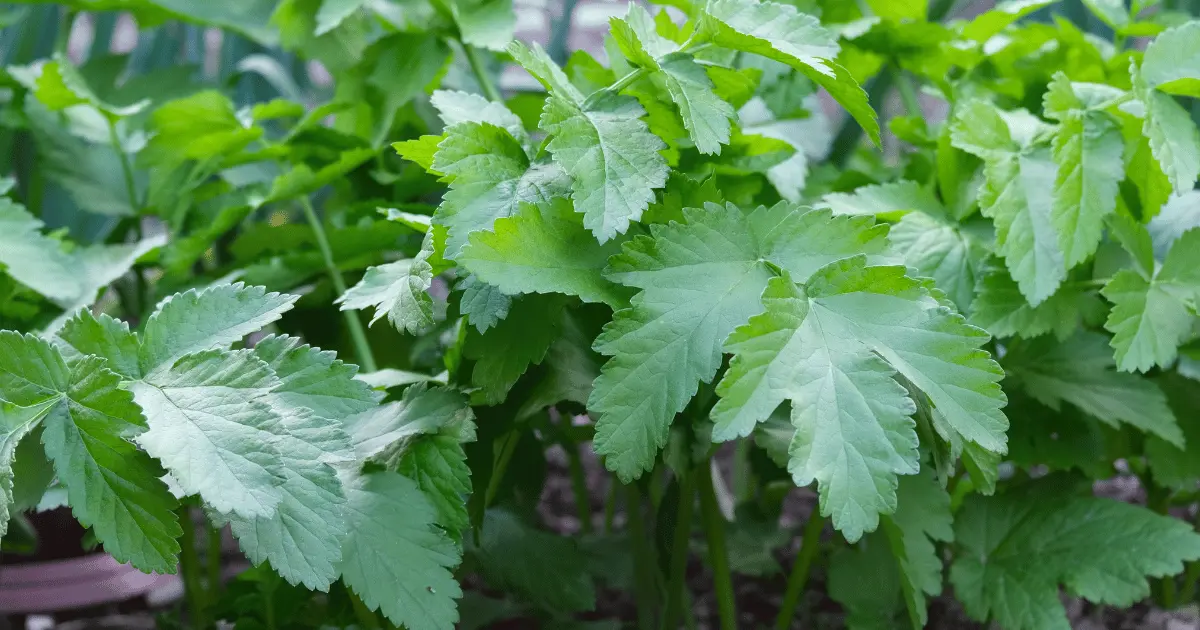
Parsnip is a vegetable plant that helps keep weeds out of pepper plantations while providing another vegetable option from the same planting space.
Peas
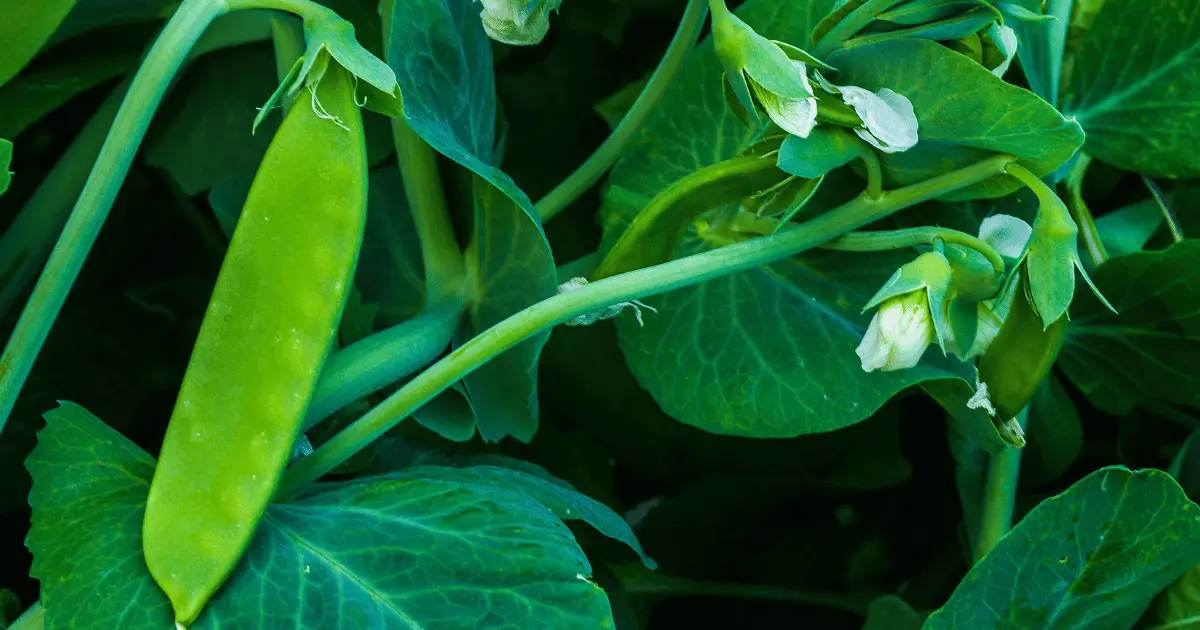
Pepper naturally needs nitrogen to grow, and peas are effective nitrogen fixers providing the necessary nitrogen needed for the pepper to thrive in the soil. Besides, peas and pepper have the same growing conditions. Hence, they are suitable companions to have in any garden.
Geranium

When you plant geraniums as companions to pepper in your garden, you are greatly helping the pepper to grow comfortably without the disturbance of pests that can deter its growth. Geraniums repel natural pepper pests such as cabbage worms and Japanese beetles.
Petunias
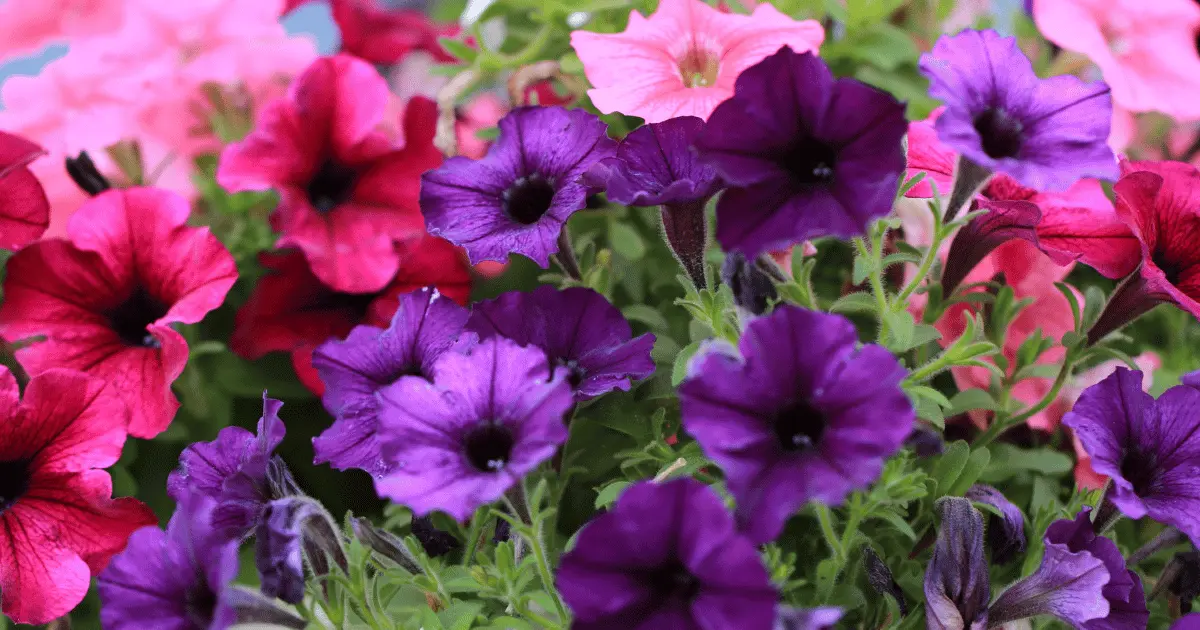
Petunias are flowering plants with colourful flowers. Petunias repel pests such as leafhoppers, nematodes, asparagus beetles, and aphids, which greatly deter peppers’ growth.
Lovage

Lovage is a traditional herbal plant that works as a great companion plant for pepper and other crops. This plant which is taller than pepper, provides shade for the pepper, shielding it from direct sunlight and turbulent winds. Besides, the lovage attracts beneficial insects (pollinators) that deter pests and help the pepper plant to grow.
Precautionary Measures for Using Pepper Companion Plants
While companion planting greatly benefits the plant and its farmer, it could also become a nightmare if not properly catered to.
It is not advisable to plant pepper around Apricots as a fungal infection from the pepper can spread to the Apricot.
Growing Pepper
Whether you want to grow pepper from its nursery and grow until maturity in your backyard garden or on a very large scale, growing pepper requires some background knowledge and skill as to the nursing of this plant.
Most pepper farmers start the pepper growing process from pepper seeds. You can also start yours from this stage by making a nursery bed; the nursery bed is what the pepper seeds sprout from. You can read more about preparing pepper nurseries, which will guide you properly. It is advisable to mix compost into the soil that you used to make the pepper nursery. Sow the pepper seed into the nursery and water.
It’s important to water every day to keep the nursery moist. However, this will usually last between four to six weeks in the nursery, after which you can transplant them into a field or a backyard garden. You can decide, however, to plant pepper seeds without a nursery, depending on the space you have available and the kind of pepper you want to nurse. If you plant pepper seeds straight without a nursery, you have to ensure apt sunlight exposure and moisture. When you’re planting the peppers, plant them at an average distance of 20 inches from each other to allow ample spacing.
Depending on the type of pepper you have planted, it takes about 60 days to start producing. Some kinds of pepper, however, take about 150 days, and when they are planted straight from the seed, it can even take an additional 6 weeks to start producing.
